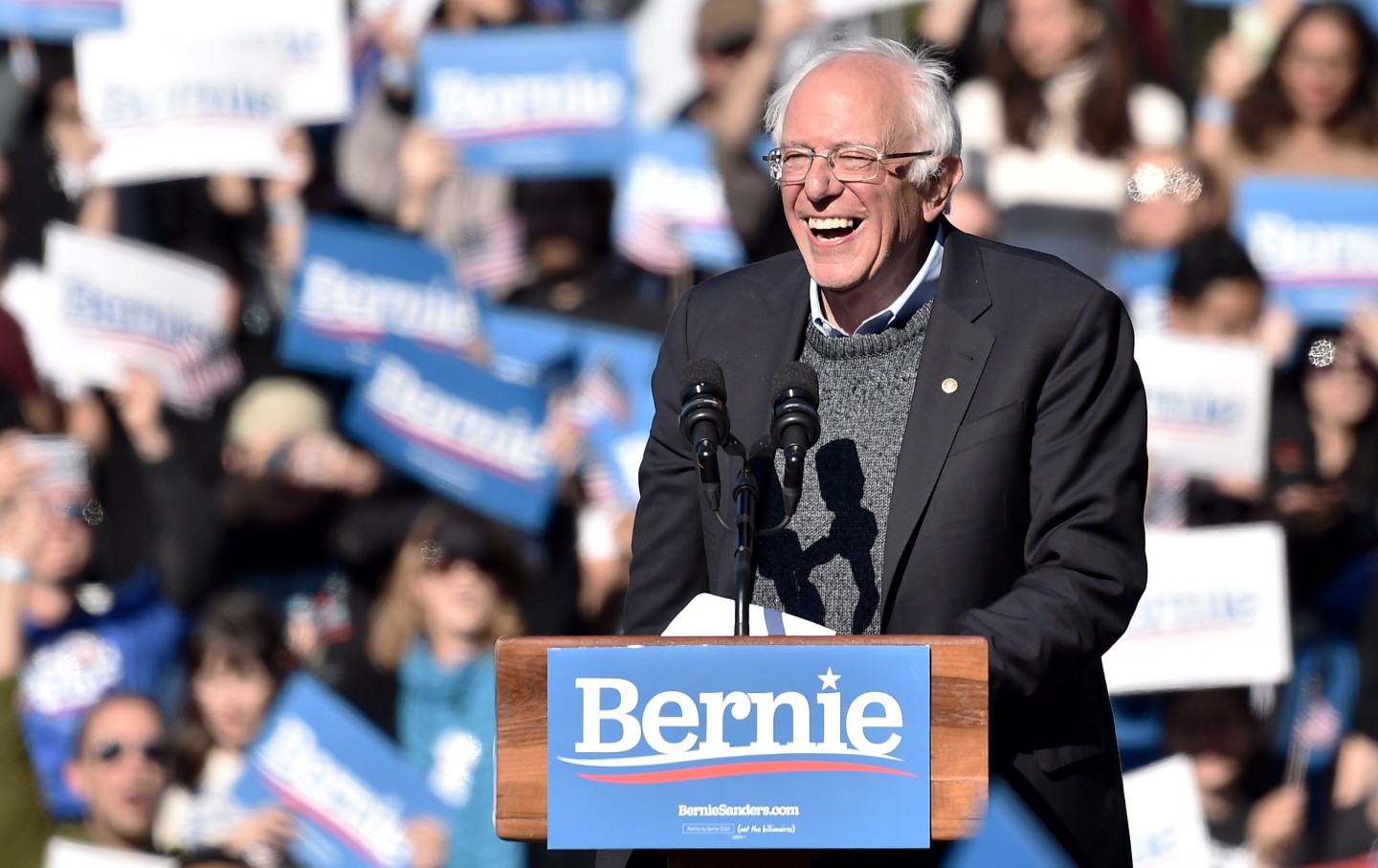Over the past few weeks, the coronavirus pandemic has been playing a crucial role in our lives as we take on this new “normal.” The majority of the United States is in a stay-at-home order. A stay-at-home order is an order given by the governors of states telling their people that staying at home should be a priority, and if going out is needed (to get groceries or other essential goods) a six-feet distance must be upheld from all other people. Essential businesses, such as banks, grocery stores, pharmacies, and gas stations will be closed. All non-essential businesses will be closed until further notice. In order to combat this virus, some states are enforcing a curfew to limit social interaction. Some of the states, such as Delaware, chose to implement a shelter-in-place order to help limit the spread of COVID-19. The main difference between stay-at-home and shelter-in-place orders is that shelter-in-place orders were typically used for natural disasters and/or chemical incidents.Now, states are finding it useful for COVID-19. Life for everyone seems to have been completely flipped upside. There’s been no more going to school, no more hanging out with friends, no more doing daily life the way we know it. Everyone has spent the majority of the past few weeks in their homes. Or, maybe that’s just what it seems like to those of us who live in a state with strict restrictions put in place because of this deadly virus.
Some states are choosing to not implement any type of statewide order to stop the spread of this virus. Among these states are Arkansas, Iowa, Nebraska, North Dakota, Oklahoma (except for elders), South Dakota, Utah, and Wyoming. Why are the governors choosing not to put restrictions into place?

Source: Times research, local governments and news reports. (https://www.nytimes.com/interactive/2020/us/coronavirus-stay-at-home-order.html?auth=login-email&login=email)
There has been much talk about why the governors of these states have not ordered restrictions on the daily life of their states. Health experts are warning about the rapid spread of this virus. Citizens from these parts of the country are becoming increasingly worried, pleading with the officials to call an order into place. The statistics from this virus are already alarming. As of April 14 2020, 120,568 lives and counting have been taken from COVID-19. (Elfein) With an extremely high number of deaths and multiple precautions taken from the rest of the country, it may seem confusing why these governors have not yet taken harsher measures to try to stop the spread of COVID-19.
From readings, it seems as if the governors of these states feel as though their citizens can practice reliable social distancing without the need for any special order or restriction. For example, in South Dakota, Governor Kristi Noem states that the citizens of her state should still “practice social distancing, limit group interaction, maintain good hygiene, and self-isolate when [they’re] sick,” (Noem) without putting an official “stay-at-home” or “shelter-in-place” order into place. In recent interviews with governors of these states, they “defended their decision, saying that they had already taken strong steps — closing schools, and shutting down or limiting many aspects of public life, including restaurants, bars, gyms, bowling alleys and movie theaters” (Mervosh and Healy). These people truly believe they are doing the right thing for their states, just like the rest of the states in the country. All of these governors are Republicans that value small government, and do not like the idea of having to create restrictions on the people. These people believe that their citizens have to make the choice themselves to self-quarantine and stay healthy, the state cannot force them. The governors of the states without social distancing orders, are still promoting staying healthy and safe during this struggle. They just do not feel as if it is right to put forced restrictions on their people.
Though these state governors are holding out on putting in place harsher restrictions, they are being extremely pressured by the rest of the nation. According to the New York Times, “The pressure on the holdouts in the Midwest and the South has mounted in recent days as fellow governors, public-health experts and even their own citizens urge them to adopt tougher measures” (Mervosh and Healy). Though a large population of the nation does not agree with how these governors are choosing to go about containing the virus, they continue to stand firm with their opinion.
All we can do right now is see what happens with these particular states and their restrictions. Will more, if not all, of these states succumb to the pressure and put harsher restrictions into place? Will these states have more coronavirus cases/deaths compared to the states that chose to put emphasis on stay-at-home or shelter-in-place orders?
SOURCES:
https://www.washingtonpost.com/health/2020/04/06/coronavirus-stay-at-home-by-state/
https://doh.sd.gov/news/coronavirus.aspx
https://www.nytimes.com/2020/04/03/us/coronavirus-states-without-stay-home.html


